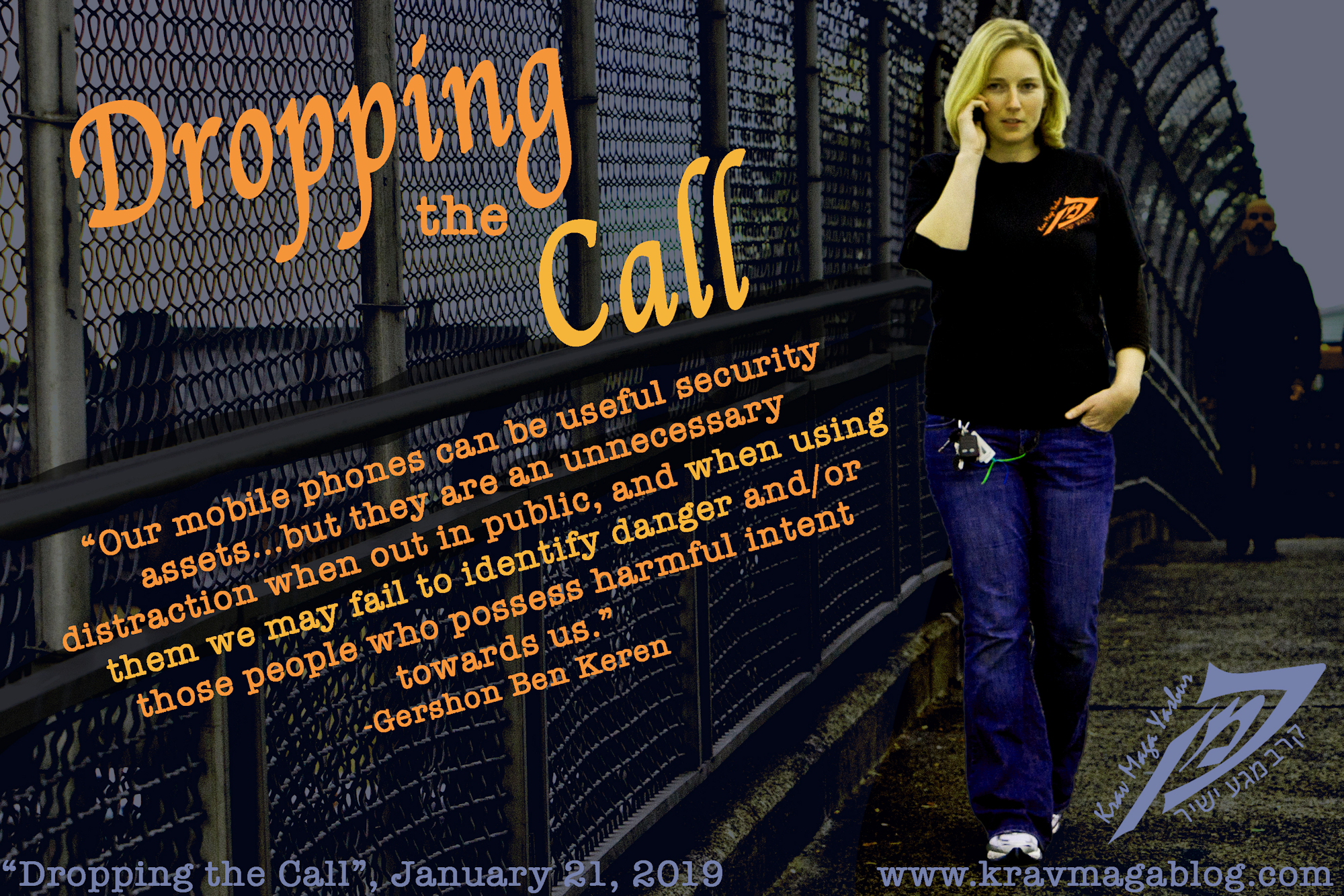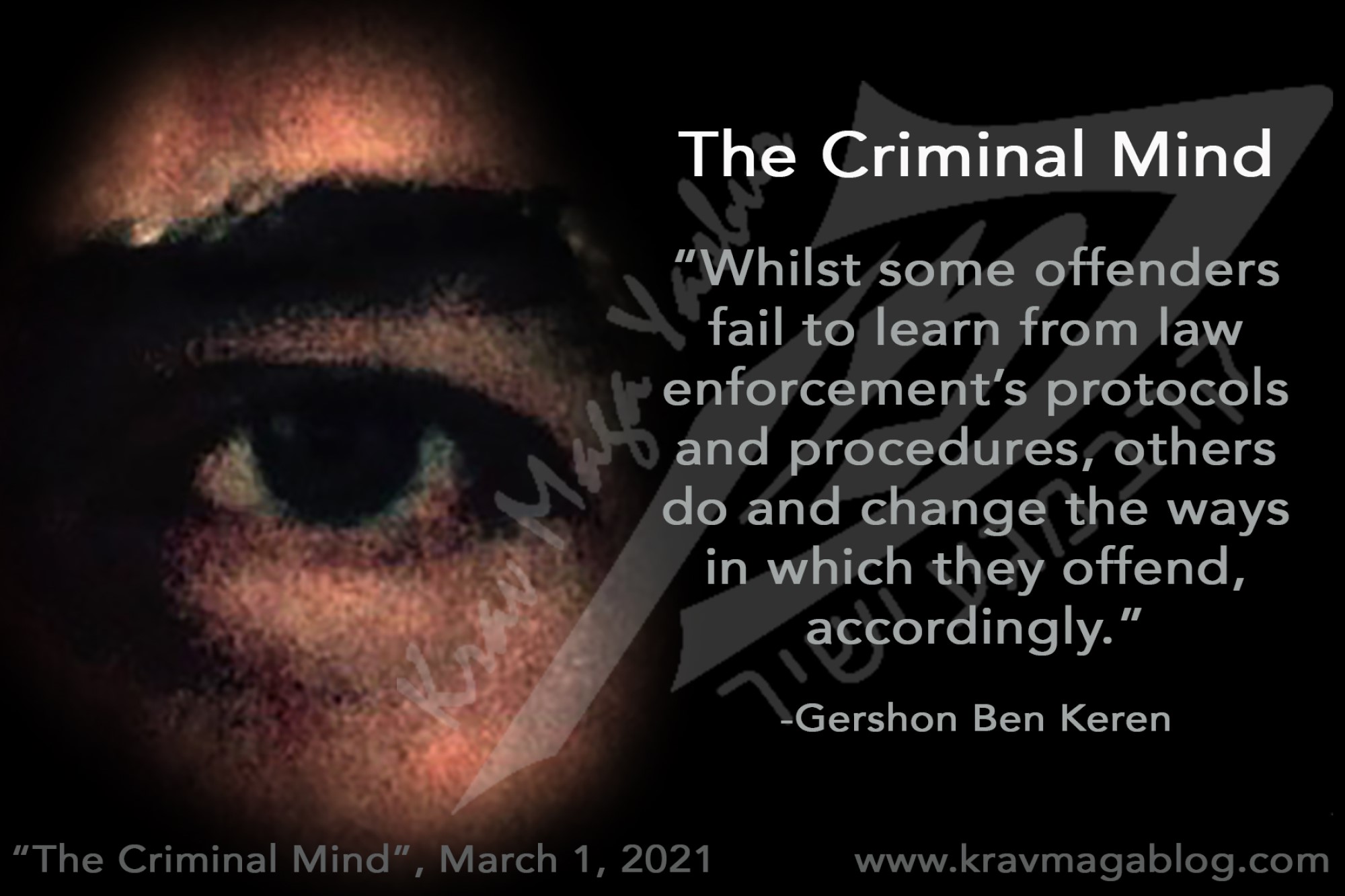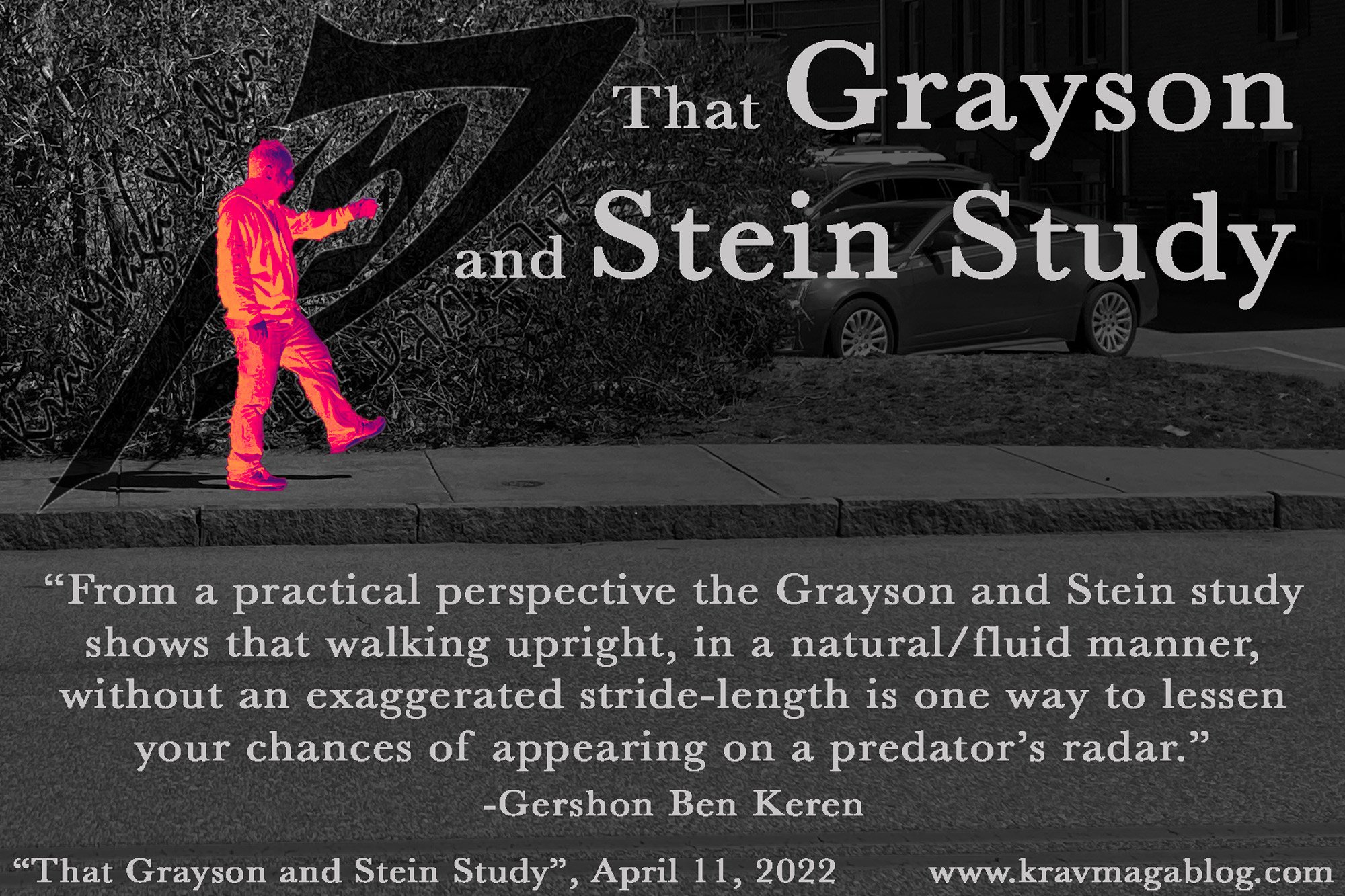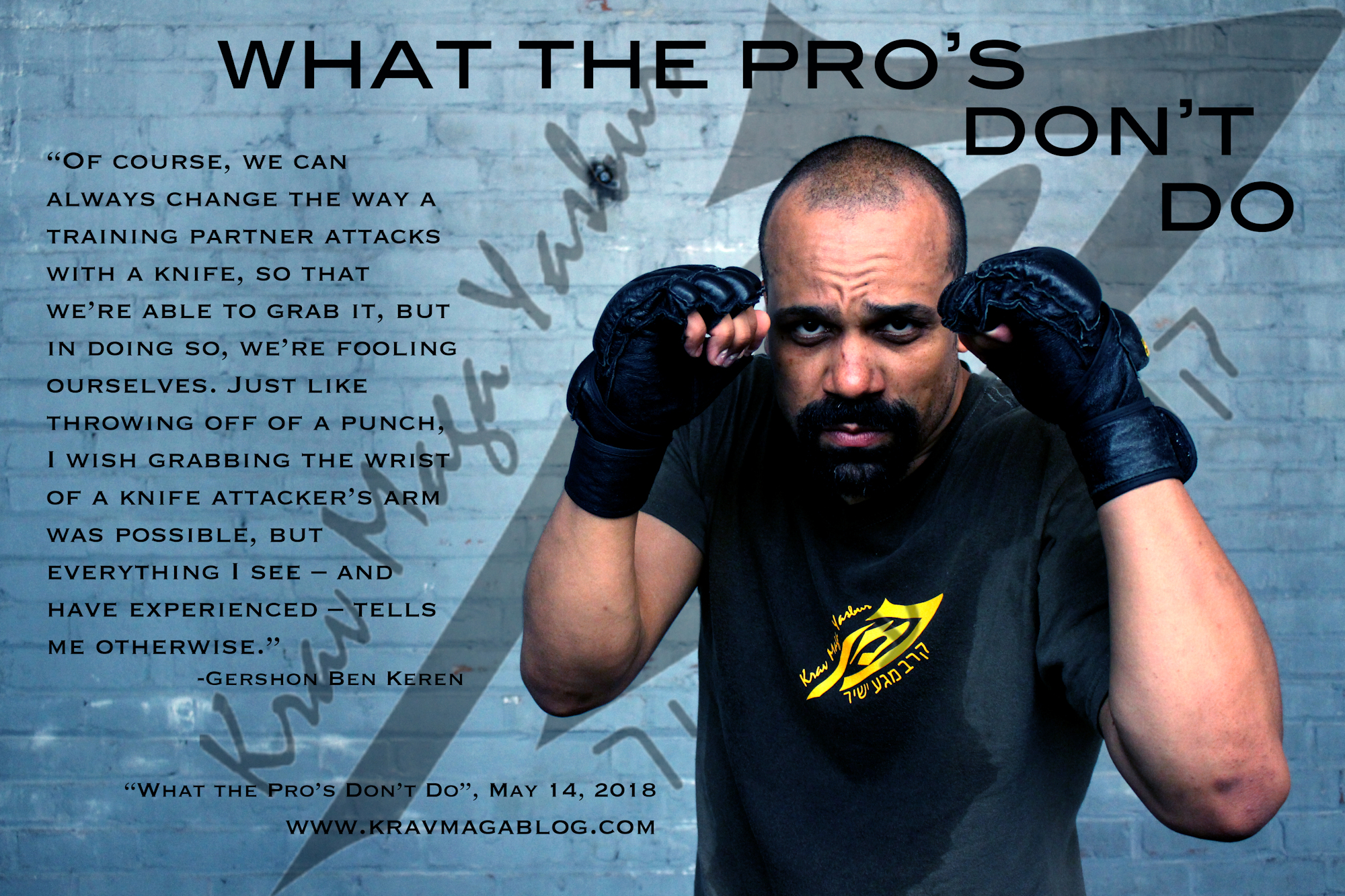Active Shooter - Run, Hide, Fight (Running), is an article written by Gershon Ben Keren, a 5th Degree Black Belt in Krav Maga, who teaches Krav Maga in Boston, MA. He has also authored three Amazon best-Selling Books on Krav Maga.
I’ve written about Active Shooter and Rampage Killing scenarios before on this blog, however I’m going to write about these types of incidents again, but looking at some of the misconceptions, around different strategies, and how the “Run, Hide, Fight” approach, although fundamentally sound, could actually divert people from implementing effective solutions.
To the untrained individual, the “Run, Hide, Fight” strategy, can, at first glance, seem to present these three options in a hierarchical fashion i.e. it is better to run, than to hide, and better to hide than fight. However there are situations, when both running and fighting may both be equally effective options. When I conduct active shooter seminars, one of the drills I use to illustrate the point, is as follows; a shooter with a training rifle stands about 10 feet away from a group, they then start “shooting”, shouting “bang” every time they pull the trigger. The group then charges towards them, whilst they continue shooting, and the number of shots i.e. “bangs”, are counted. In most scenarios, the shooter only gets off three or four shots, before the group reaches them, indicating the point at which they’d be able to control and subdue the shooter. It is also worth noting that in the drill, the shooter doesn’t have time to pick targets, they are just shooting indiscriminately into the group i.e. none of the shots are placed. If you reverse the drill, and have everyone run away from the shooter, when the shooting starts, more shots are fired overall, and the shooter has time to place them. If you compare the casualty rate in both drills, running away results in more casualties, (plus the shooter is still active), rather than fewer. In the scenario/drill, both running and fighting are options, but if taken at face value, the “Run, Hide, Fight” strategy would advocate a course of action that would lead to a higher casualty rate.
There are obviously issues surrounding a group tackling a shooter. One of these, is that everybody in the group needs to know that they should do this, and have confidence in the fact that this is statistically a better survival strategy. It is, however, by far the quickest way of taking on a shooter. Of course some people will likely get shot (however without tackling the gunman, the shooter will have more time to hunt down victims, etc.), but because the incident will be ended sooner, they will receive medical help, much more quickly than if an active shooter is still at large. In the most recent incidents, it has taken three to four hours for the emergency services to be in a position to tackle a shooter – that may mean three to four hours of bleeding out, seriously reducing the chances of survival (one of the reasons that knowing how to treat gunshot wounds, either to yourself, or others, is an important part of surviving an active shooter incident).
If running, is deemed to be the most effective strategy in a particular situation, it is necessary to consider the best ways to move away from a shooter. An active shooter, whether motivated by hate, or conducting an act of terrorism, is looking to kill as many people as possible, before somebody stops them – usually the security services. This means that they are likely to pursue groups that flee, rather than individuals, as this guarantees a higher kill rate, and requires less accurate shots; aim a gun at a group, and you’re likely to get a hit, etc. Groups, are also less agile and nimble, and move at a slower rate, making them overall easier targets, than individuals. Because of this, one survival tactic that a group can employ, is to scatter in different directions, creating a lot of individual, moving targets. This is a tactic that many social animals and birds use, to distract and confuse predators e.g. if a flamingo in a flock identifies a predator, such as a cat or similar, it will sound the alarm, and the entire flock, will start to take to the air in different directions – the individual bird that the cat might have been stalking, may no longer be a viable target, and the cat will need to reassess a suitable target, from among a number of fast moving birds; something which is a much more difficult proposition. It may be that the “group” lacks this training, however it is something that an individual can employ if they are caught in a group that has been targeted; breaking away in a different direction from the group.
Although active shooter scenarios are fast moving and dynamic, it is useful to assess what is actually happening e.g. it could be that the main group are being shepherded and herded, towards another shooter or an exit that has been booby trapped. There is a big difference between simply running away from danger, and moving to safety; and it is the second of these two options that you should be trying to take. Moving away from the group, may give you the time to make an assessment of the scene, and allow you to exit via a less obvious route (you should also be aware that an exit route is also an entry route, which could be used by a second shooter, etc.). If there are no obvious points of concealment or cover, then lowering your profile against a wall, may give you some time, as most individuals when in predator mode, will be shooting at targets that stand out/are silhouetted, or are moving. This is obviously not a long term strategy, but it may be advisable in the initial moments of an incident, where you are trying to assess what is happening, rather than blindly following, and replicating, what everyone else is doing.
Panic is what happens, when you try to do everything at once e.g. you just need to get away from the shooter at whatever cost, etc. If everybody else is panicking, because the group doesn’t know how to act, behave and/or operate as a single unit, you probably don’t want to be caught in the middle of that. This means making your way to the sides of the group (allowing people to push past you as they move forward), and start to get to the edges of the group where you can peel off, and start to implement your own survival strategy.
0 COMMENTS















